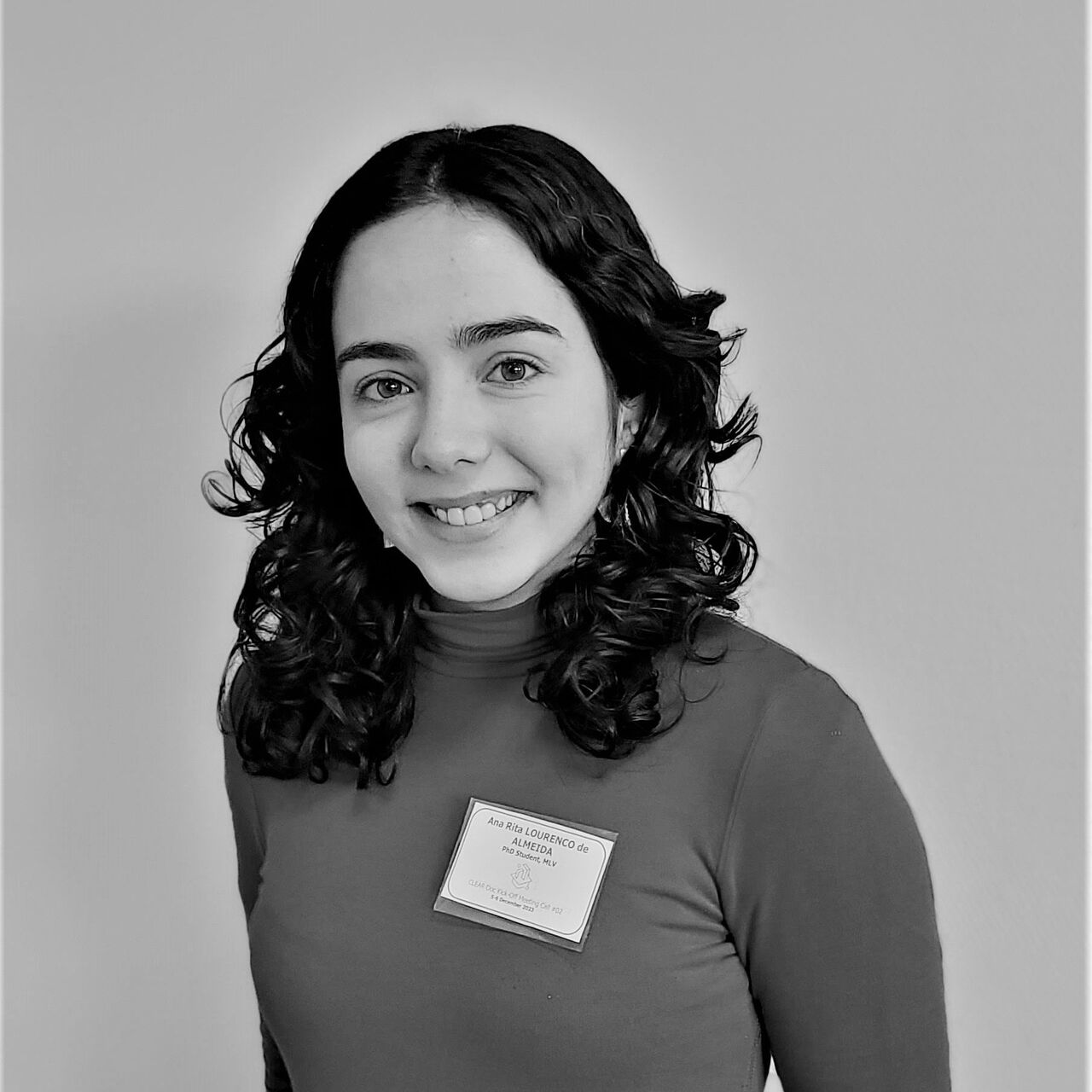Her background
I am a determined and empathetic Electronic Engineering PhD student at the University Gustave Eiffel, in France. I obtained both my bachelor's and master’s degrees in physics engineering from the University of Aveiro, in Portugal, where I specialized in condensed matter physics, nanoscience, optoelectronics, instrumentation and medical physics. In this stimulating environment, I improved my capability to solve complex problems by cultivating creativity, thinking critically and building resilience. Throughout my academic path, I pursued personal growth and adventure with well-rounded extracurricular activities, namely in Board of European Students of Technology (BEST), which contributed to the improvement of my communication, project management and leadership skills, while broadening my horizons. During my bachelor's and master’s dissertations, I gained hands-on research experience, fueling my ambition to contribute to the community that asks questions with pure curiosity, persistently looks for answers and openly shares knowledge – the scientific community. To further prepare myself for my PhD, I undertook a research fellowship in the Institute for Nanostructures, Nanomodelling and Nanofabrication (i3N) at the University of Aveiro.
Summary of her thesis
Neurological disorders are one of the most demanding public health challenges in the world, affecting hundreds of millions of people worldwide. The use of neural interfaces for electrophysiological recording of brain activity has contributed to enhancing understanding of the nervous system, while stimulation devices have shown great potential for treating neuronal dysfunctions. The materials used in these applications must be chemically and thermally stable, biocompatible and biodegradable. Recording devices must offer high charge carrier mobility and low intrinsic noise, while stimulation devices must provide charge injection levels capable of eliciting a functional response in neural tissue.
The main objective of this work is to explore the use of carbon-based materials as electrodes for implantable neural devices, optimizing their fabrication, and test their performance and potential safety hazards in-vivo. This research project is the result of a cooperation between the ESYCOM (University Gustave Eiffel) and the i3N laboratories (University of Aveiro). Their distinct competences, facilities and equipments strongly complement each other for the purpose of this work, providing a solid foundation for achieving the proposed objectives.
Her ambitions
Leveraging my multidisciplinary interests, I aspire to add meaningful value to literature, becoming an expert in the synthesis of LIG for neural applications. Throughout my PhD journey, my aim is to increase my knowledge and share it with others, while fostering a supportive and collaborative environment. I am excited to expand my network by connecting with academia and industry leaders, researchers, and fellow PhD candidates. After completing my PhD, I intend to continue my professional growth by actively seeking diverse opportunities and exploring various career paths, with the objective of broadening my skill set. I believe that, by cooperating with multidisciplinary teams from different sectors and embracing diverse perspectives and backgrounds, I can make a positive impact in my field and beyond.

